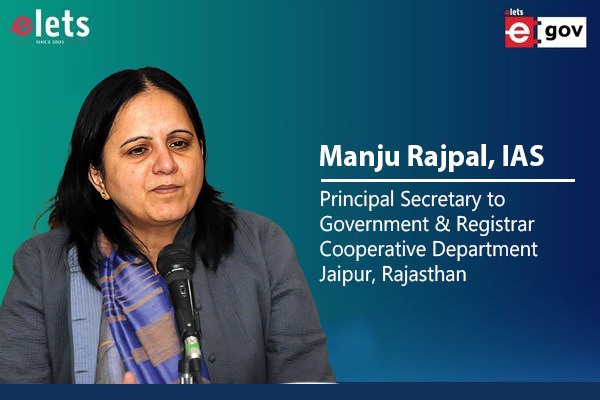The UID will help unlock value dormant in existing databases and gives reason for new electronic databases to be created where none existed – converting from legacy paper and fiche
Within the circles of e-Governance or business-technology initiative of significance, the year 2010 in India will undoubtedly be remembered for the start of the UID rollout. While there is scepticism, some well-meaning ones seeing potential for adverse profiling and targeting of dissenters, the truth is that it has been a humongous effort to identify the objectives, develop social context, and evolve the architecture along with the world’s best minds not to mention building political consensus. Achieving the planned rollout of the UID in the next 3 years will probably have the same seismic impact socially as the development of railways and highways had decades ago. And no aspect across education, health, infrastructure, agriculture and security will remain untouched.
2011 and beyond may well be the year of information based services. e-Governance to begin, with rightly focussed on enhancing computing capacity and process automation. Now, it is time to take a hard look at the data being generated and how to benefit from it. Governance (like business operation) has created over time, mountains of data, a lot of which has not found its way into electronic databases. Electronic records creation is a start. This data is key to unearth historical linkage, discern important patterns and generate alerts and strategic options for next steps. This is where an accelerator like the UID comes in.
e-governance has made significant strides in helping the citizen access existing government services transparently. the next step may well be to make those government services more responsive and targeted. And that can happen only when the data usage of those services are better understood

The advent of the UID immediately holds promise for hitherto unconnected, isolated and essentially passive governance databases. Consider an example – there are three databases storing static personal data (PDS detail, birth and death), dynamic transaction data (tax, credit history, traffic violations) and eligibility data (quota, entitlements). At present it is tough to analyse them together and develop a better targeting of government subsidy. Now append the respective UIDs to the personnel records of each database. Bingo! It becomes the glue that connects the databases and helps integrated viewing and analysis.

The UID will help unlock value dormant in existing databases and gives reason for new electronic databases to be created where none existed – converting from legacy paper and fiche. This should give rise to third party opportunities in building and running information services based on those databases. Especially in under served areas which call for co-operative data pooling. In industries heavy with transactions – banking, insurance, telecom and retail the data related opportunities are already moving up from post transaction analysis to dynamic surveillance using the last observed patterns.
e-Governance has made significant strides in helping the citizen to access existing government services transparently. The next step may well be to make those government services more responsive and targeted. And that can happen only when the data usage of those services are better understood. If we are indeed living in the information age then data is the fuel. Just like fuel efficient cars we need to interconnect and leverage databases wherever they are and build new ones where electronic ones don’t exist.
Be a part of Elets Collaborative Initiatives. Join Us for Upcoming Events and explore business opportunities. Like us on Facebook , connect with us on LinkedIn and follow us on Twitter, Instagram.
"Exciting news! Elets technomedia is now on WhatsApp Channels Subscribe today by clicking the link and stay updated with the latest insights!" Click here!













